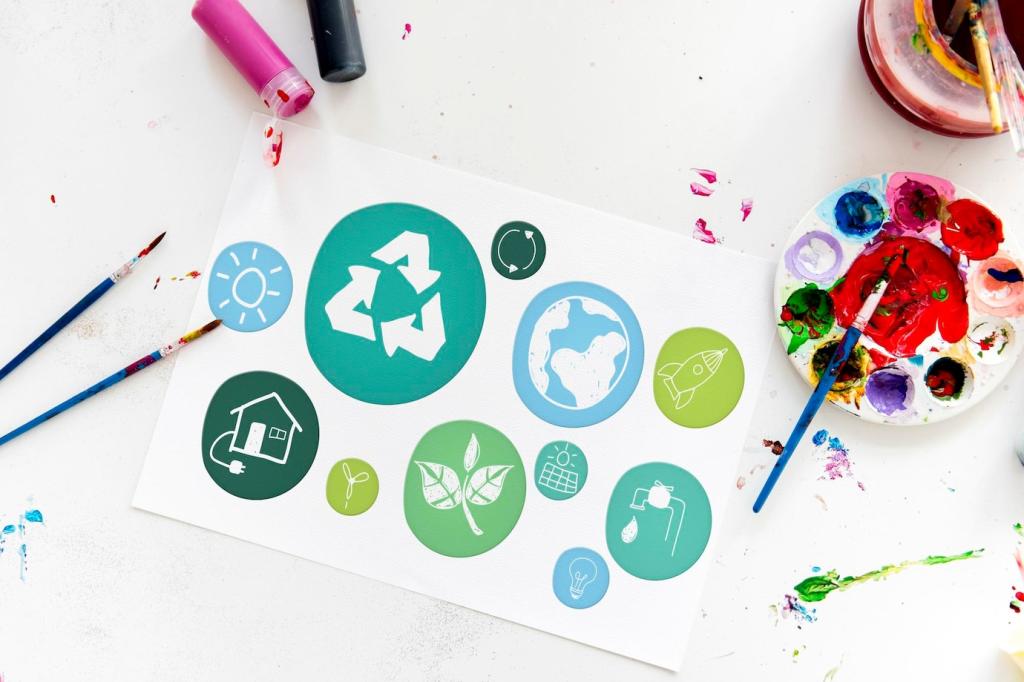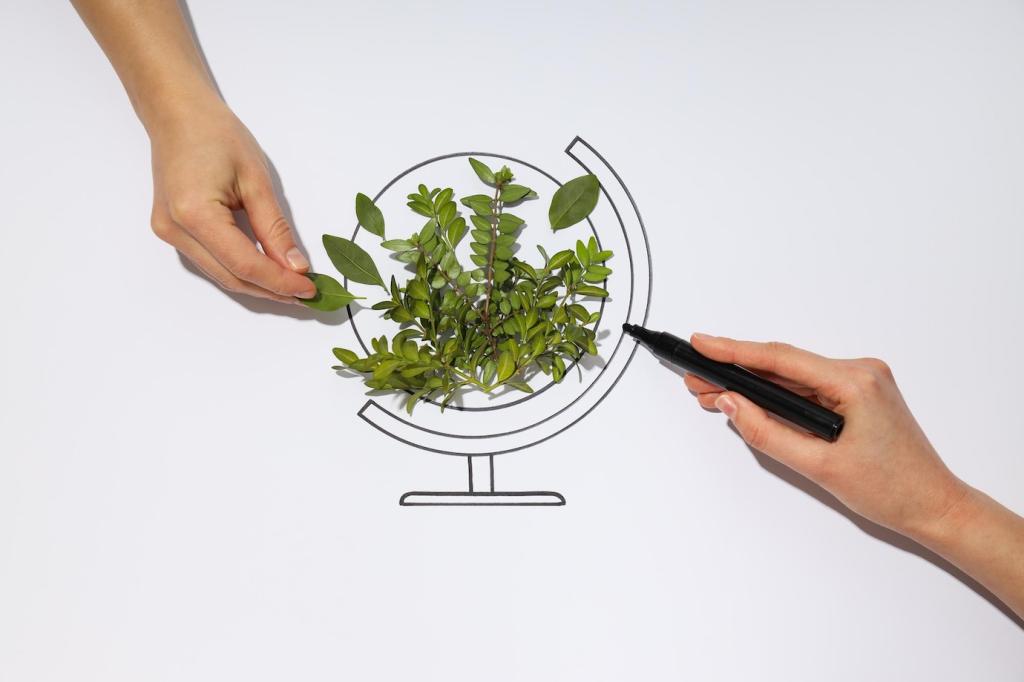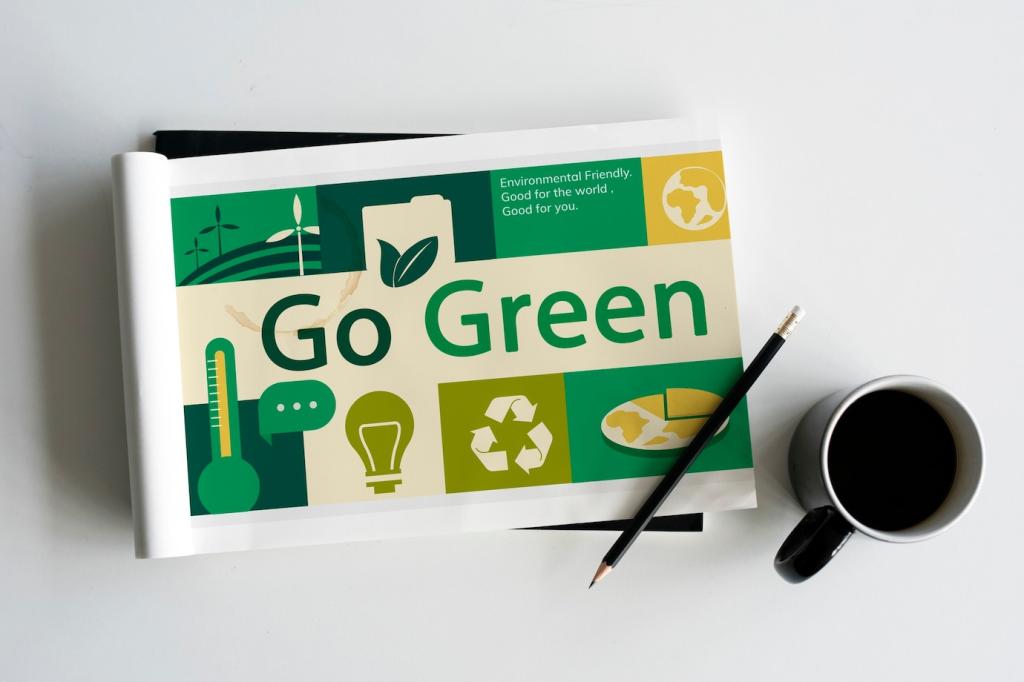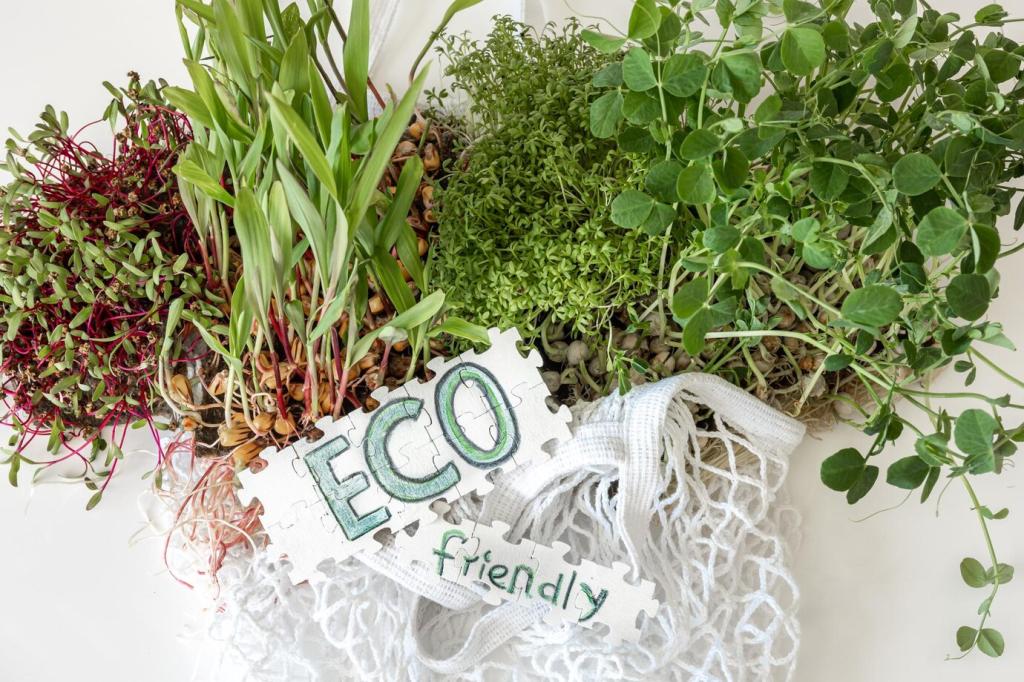Eco-Conscious Branding in the Furniture Industry
Chosen theme: Eco-Conscious Branding in the Furniture Industry. Welcome to a home page dedicated to building honest, character-rich brands that pair beautiful furniture with meaningful environmental responsibility. Explore strategies, stories, and practical steps to earn genuine trust and inspire loyal, values-aligned customers.
What Eco‑Conscious Branding Really Means for Furniture
01
A compelling eco‑conscious brand starts with a purpose woven into each product decision, from lumber selection to logistics. When teams align on why sustainability matters, the result is furniture that feels inevitable, not opportunistic. Share your purpose statement in one sentence with us today, and we’ll help you sharpen it.
02
Customers want to see the journey from forest to living room. Publish supplier lists, material origins, and third‑party validations, then make them easy to scan in-store or online. Transparency turns skepticism into trust. Comment with the one data point you wish your last furniture purchase had disclosed.
03
FSC, PEFC, GREENGUARD, and BIFMA can strengthen credibility, but they cannot substitute for design integrity or ethical choices. Pair certifications with specific narratives about worker welfare, durability, and repairability. Subscribe for our upcoming field guide mapping certifications to real consumer expectations.
Sustainable Materials as a Living Brand Narrative
Reclaimed Wood With Provenance
Tell the life story of your reclaimed oak, including the mill’s location, moisture content, and how wormholes became a feature, not a flaw. Customers love furniture with a past and a future. Share photos of your favorite reclaimed detail; we may feature it in a subscriber spotlight.
Fast‑Growing Fibers and Bio‑Composites
Bamboo, hemp, and mycelium panels can reduce pressure on forests when engineered for strength and consistency. Document lab tests, edge performance, and repair methods to counter durability doubts. Reply with a material you’re curious about, and we’ll include it in our next materials deep dive.
Non‑Toxic Finishes Customers Can Breathe With
Low‑VOC, waterborne, and plant‑based finishes are differentiators when positioned around health, not just environmental benefit. Clarify cure times and maintenance for real‑world use. Join our newsletter for a printable finish comparison chart that shoppers can bring to showrooms.
Designing for Circularity Builds Lasting Trust
Hidden mechanical fasteners, labeled parts, and standard hardware make repairs simple while keeping forms elegant. Publish an exploded diagram and make spare parts purchasable. Tell us where disassembly challenged your aesthetics, and we’ll brainstorm solutions in an upcoming community thread.

Visual Identity and Packaging With Lower Impact
Avoid overused leaves and generic green palettes. Use restrained color, tactile typography, and material textures photographed in daylight. Consistency across tags, cartons, and digital screens reinforces credibility. Share your logo; we’ll offer one eco‑focused refinement tip to newsletter readers.


Digital Storytelling That Converts Green Intent
Publish product‑level carbon estimates or material percentages, then interpret what they mean for everyday living. Pair charts with maker quotes and care tips. Drop your hardest metric question in the comments, and we’ll answer it in an upcoming Q&A newsletter.
Digital Storytelling That Converts Green Intent
Host an offcut upcycling challenge, reward the best repair stories, and spotlight creative fixes that extend product life. Community proof beats ad spend. Share your latest DIY repair photo to inspire other readers seeking eco‑conscious furniture solutions.


Retail and Showroom Experiences That Prove Your Claims
Invite visitors to feel unfinished samples, compare finishes, and smell the difference between solvent and waterborne systems. Let the senses verify your claims. Tell us which sample board your customers love most, and we’ll share display tips with subscribers.
Retail and Showroom Experiences That Prove Your Claims
Attach QR codes linking to bill‑of‑materials summaries, care guides, and repair videos. Keep a small materials library with labeled origins. Comment if you want a printable label template; we’ll send a customizable version to our mailing list.



